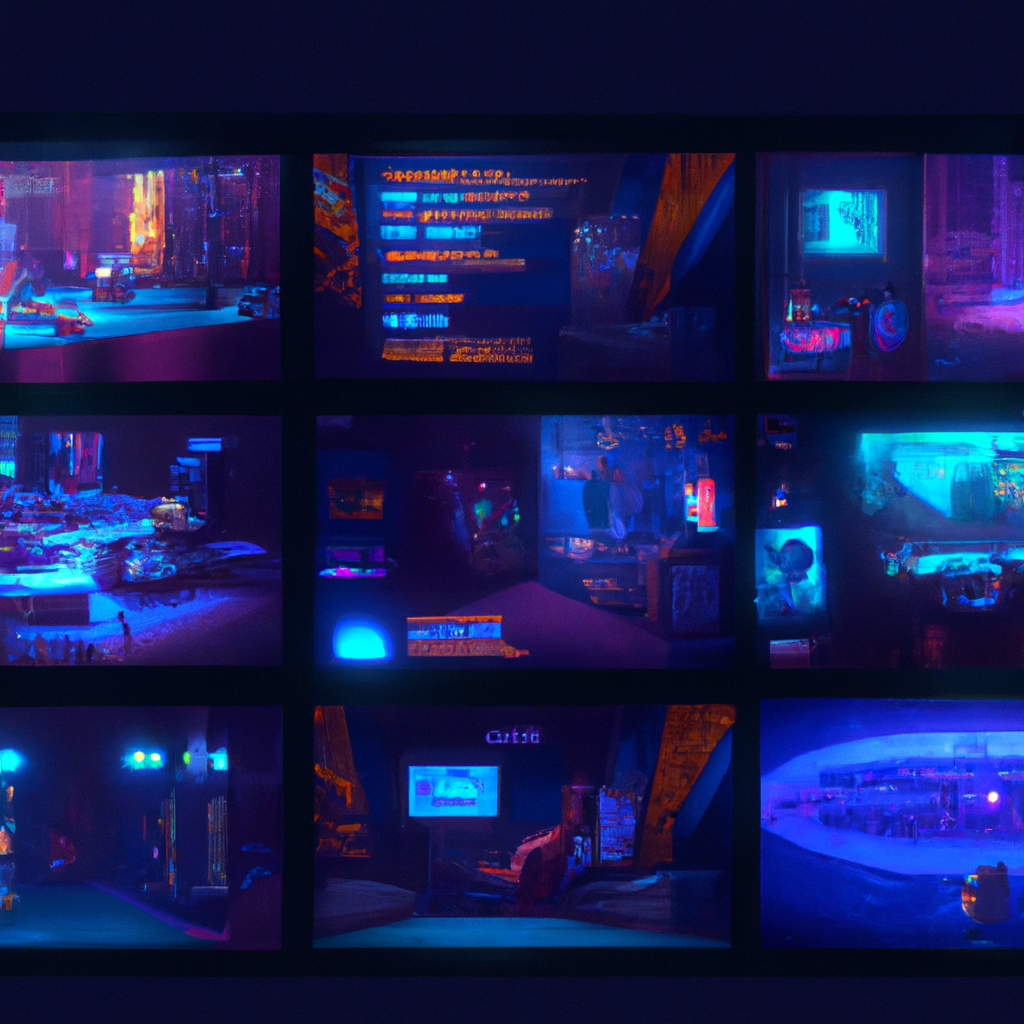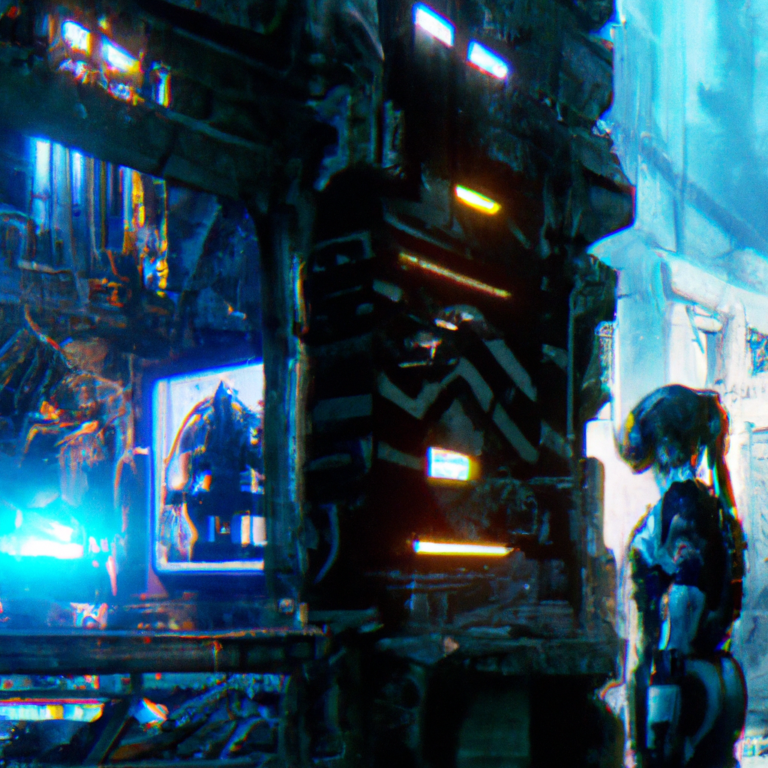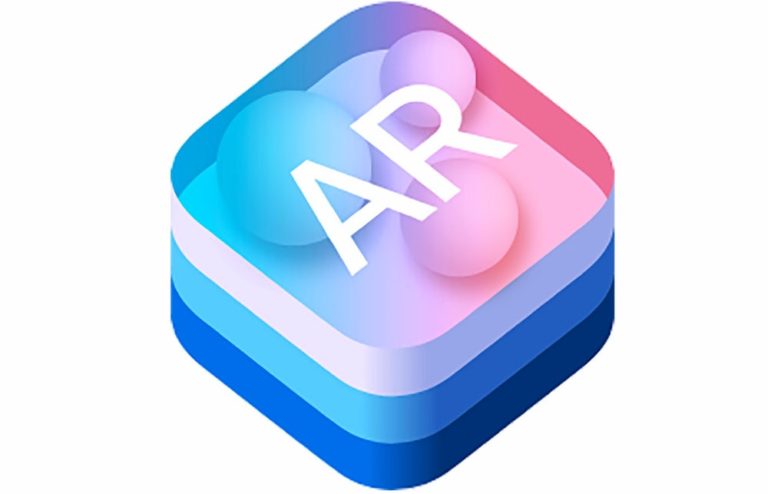“From Concept to Release: Understanding the Game Development Workflow”
Game development is a complex and multi-faceted process, involving a wide range of skills and disciplines. From the initial concept to the final release, there are many steps involved in creating a successful game. In this post, we’ll provide an overview of the typical game development workflow, breaking it down into its most important stages.
Concept and Design
The first step in game development is the conceptualization and design phase. This is where the creative team comes up with the idea for the game and outlines its basic structure, story, and gameplay mechanics. During this stage, the team will typically create a game design document, which outlines the key features and functionality of the game, as well as its target audience, platform, and other important details.
Pre-Production
The pre-production phase is where the game development team builds the foundation for the game. In this stage, the team creates the game’s prototype, which is a rough version of the game that shows how it will look and function. This allows the team to identify any technical or design issues early on and make appropriate changes before moving on to the next stage.
Production
The production phase is where the game development team creates the final version of the game. This involves all of the technical and artistic work necessary to create the game’s assets, including graphics, sound, and code. During this stage, the team will also create the game’s levels, characters, and other gameplay elements. It is essential that the team makes use of a good project management system to ensure that the development process stays on track.
Testing
Once the game is built, it is time to test it thoroughly. Testing can involve everything from basic functionality checks to in-depth quality assurance testing. The goal is to identify any bugs or other issues that could negatively impact the player experience. Testing is critical for ensuring that the game is polished and ready for release.
Release
Finally, the game is released to the public. This is where the marketing and distribution efforts come into play, with the goal of reaching as many players as possible. This requires a well-planned launch strategy, including promotional efforts such as social media campaigns, press releases, and other marketing efforts.
Conclusion
Game development is a complex and challenging process, but by following a structured workflow, the development team can ensure that the final product is polished, engaging, and ready for players to enjoy. The workflow outlined above provides a basic framework for the game development process, but every project is unique and will require its own specific approach. By focusing on quality, creativity, and attention to detail, game developers can create truly memorable gaming experiences.







